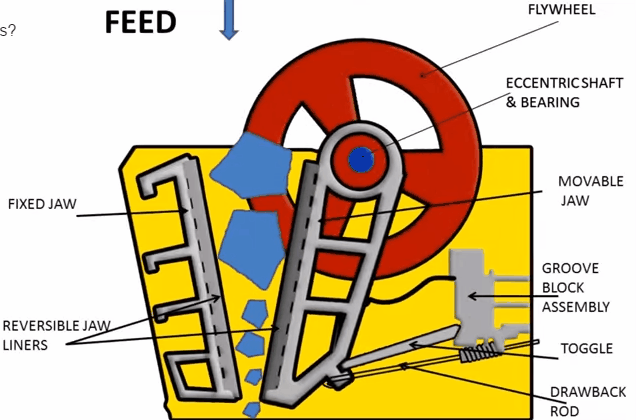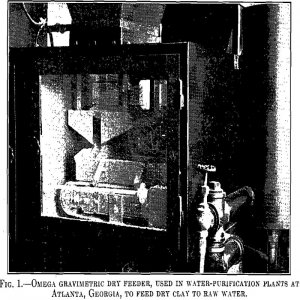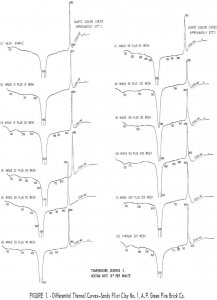Why is cyanide heap leaching used to extract gold from some deposits
Cyanide is used in heap leaching to extract gold from some low-grade deposits because of its ultra-low-cost and high effectivity are leaching gold.
Cyanide is used in heap leaching to extract gold from some low-grade deposits because of its ultra-low-cost and high effectivity are leaching gold.
Table of ContentsConcasseurs PrimairesConcasseurs a MachoiresConcasseurs GiratoiresComparer Concasseurs PrimairesConcasseurs SecondairesConcasseurs a ConeTypes de Concasseurs de PierreCircuits de Concassage Le concassage constitue la premiere etape de
Table of ContentsElectric Vibrating FeederVibrating Feeder CapacityElectric Vibratory Feeder Capacity FormulaHow Feeders can improve Material Flow in BinsFlow of Bulk SolidsImproving Material Flow in an
Table of ContentsTypes of Belt ConveyorSmall Belt Conveyor Capacity TableConcentrator Belt ConveyorBelt Conveyor OperationBelt ConveyorsConveyor Belt Maintenance Belt conveyors used to transport minerals are to

Table of ContentsJaw Crusher TerminologyJAW CRUSHERSDouble-Toggle Jaw CrushersSingle-toggle Jaw CrushersSizing Jaw CrushersForced Feed Jaw CrushersBulldog Jaw CrusherTraylor Jaw CrusherJaw Crusher Foolproof A sectional view of the single-toggle

Table of ContentsAdvantages of Bleaching ClayUse of Clay at AtlantaConclusionAcknowledgments Bleaching clays have been used extensively in the oil-refining industries for a number of years.

The Wilfley table is a truly remarkable gold concentrating table first built on a preliminary scale in May, 1895. The first full-sized table was built by
Table of ContentsBall Rod and Pebble MillsBall LoadsScreens and FlakinessUnits of SurfaceBatch and Continuous Grinding ComparedBatch Ball Milling at Various Speeds and Ore ChargesBest Wet

Table of ContentsPhysical and Chemical CharacterBeneficiationDetermination of Firing PropertiesLaboratory InvestigationsSandy Flint Clay A. P. G. 1Physical and Chemical CharacterBeneficiationWet-Table and Wet-Cyclone ConcentrationDetermination of Firing PropertiesSandy

Table of ContentsThe OresPhysical CharacterChemical DescriptionLaboratory StudiesNabob OreHighland Surprise OrePend Oreille OreLiberal King OreSidney OreDouglas Ore This investigation has shown that lead and zinc sulfide
Images for illustration purposes only. No rights can be delivered from the illustrations.
911METALLURGY CORP. can not be responsible for errors in typography or photography.
Copyright 2012-2024 911Metallurgist | All Rights Reserved